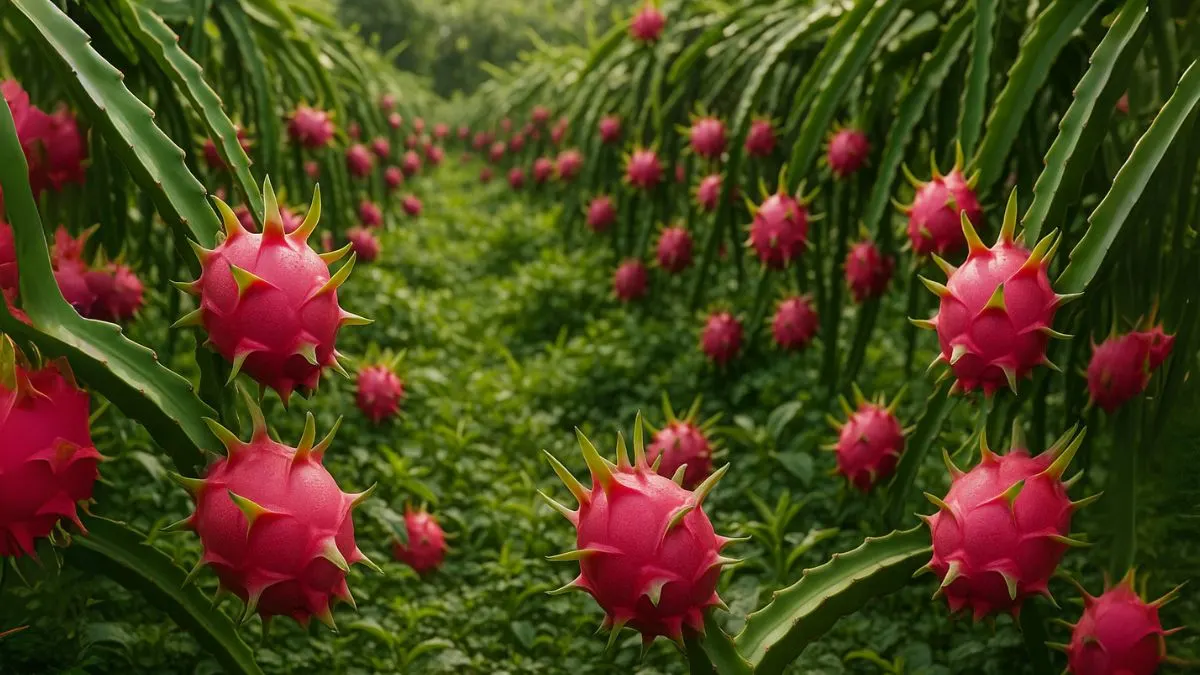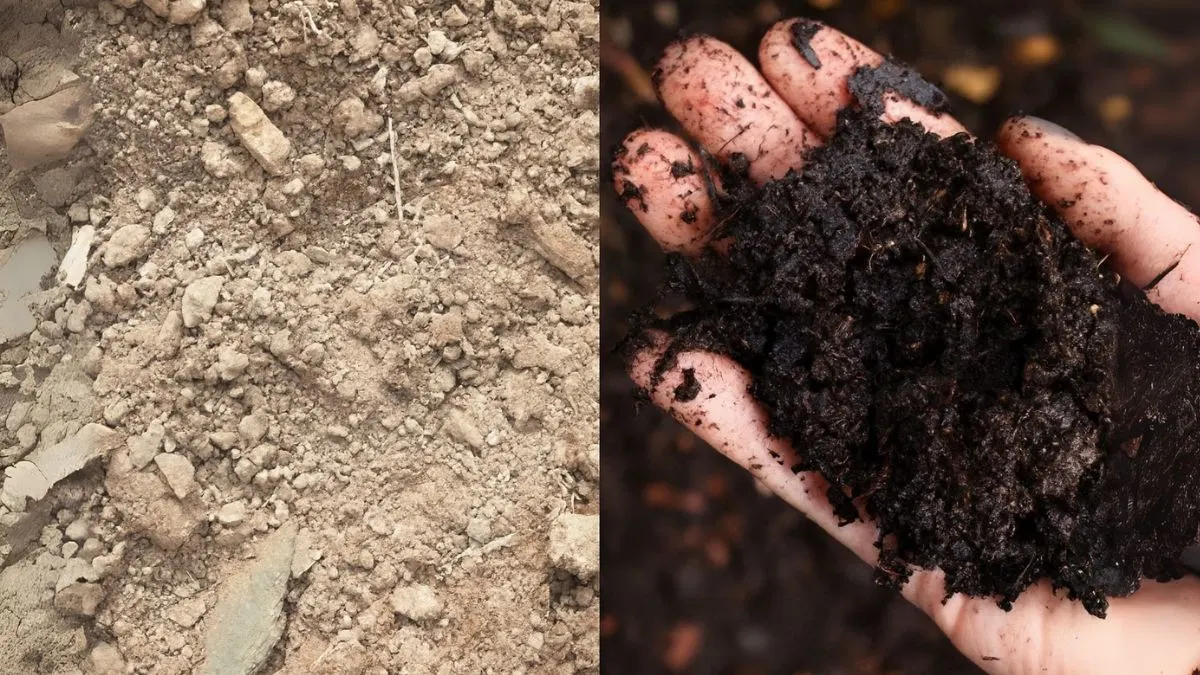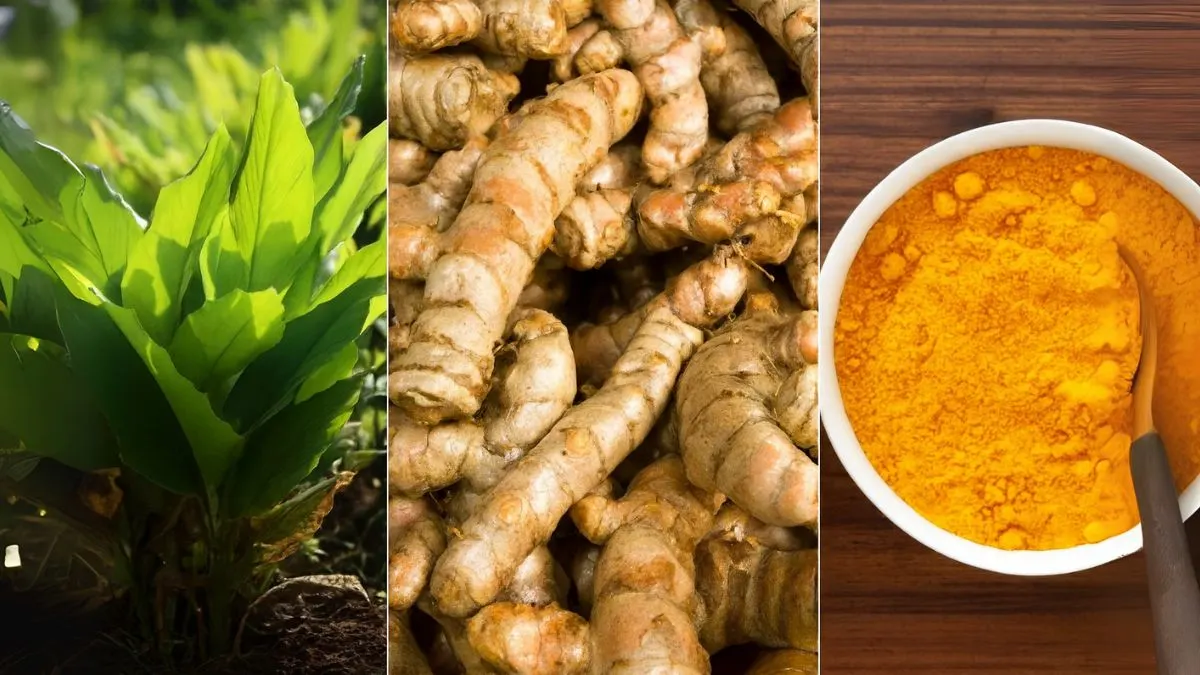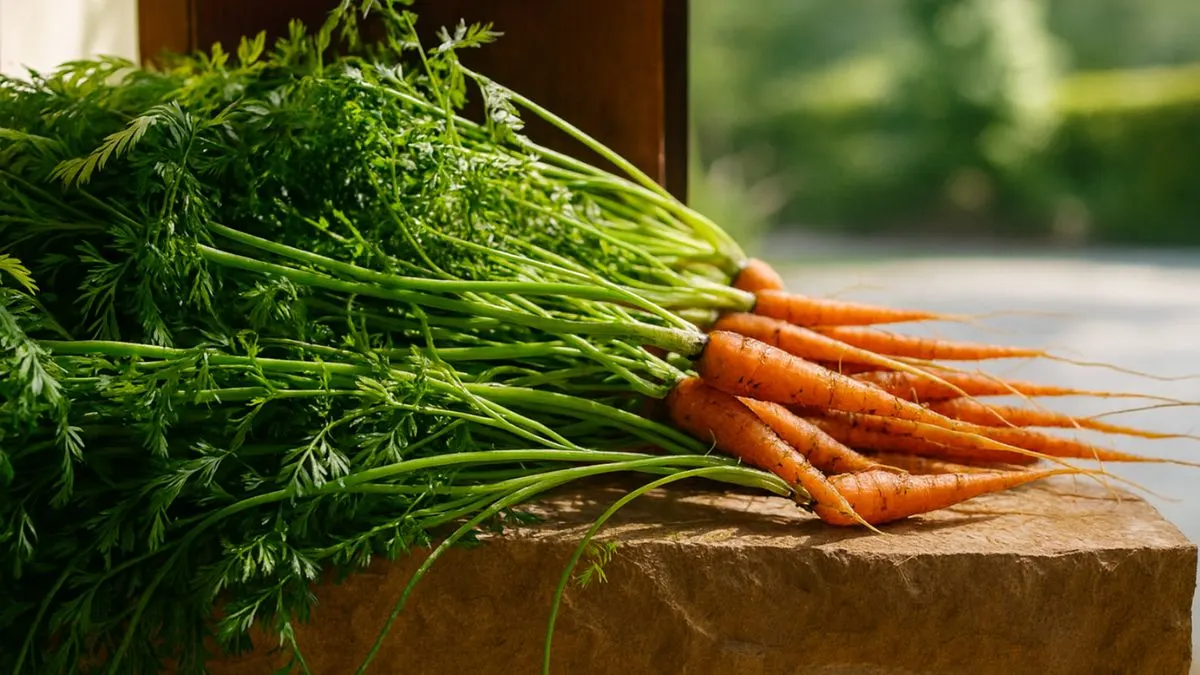Dragon fruit, or pitaya, isn’t just a tropical beauty—it’s a superfruit packed with antioxidants and nutrients. But here’s the thing most people don’t realize: without the right nutrients, your Dragon Fruit plant may look fine but won’t produce much fruit. Having grown this exotic cactus in my backyard in Ontario, I learned quickly that fertilizer is the secret weapon for success—especially in non-tropical climates like Canada or certain parts of the USA.
In this blog, I’ll break down the best fertilizers for Dragon Fruit plants, including organic, natural, and synthetic options that boost flowering, fruiting, and root health. Let’s make your Dragon Fruit thrive—naturally.
Organic Dragon Fruit Fertilizer For Both Growth & Fruiting
If you’re someone who prefers natural gardening (like I do), start with organic fertilizers such as cow dung or compost. These release nutrients slowly, feed beneficial microbes in the soil, and improve soil structure over time.
Why it works:
- They’re chemical-free, eco-friendly, and easy to make at home.
- Compost boosts moisture retention and encourages deep rooting.
- Cow dung is rich in nitrogen, essential for early plant growth stages.
Pro Tip:
Apply compost monthly during the growing season and mix well into the top 2 inches of soil.
Supercharged Organic Blends
Dragon Fruit plants respond beautifully to kelp & seaweed meal, mushroom compost & mycorrhizae and fish emulsion. These are nature’s multivitamins.
Benefits of these organic superfoods:
- Kelp & seaweed meal enhances fruit sweetness and size.
- Fish emulsion adds trace elements and promotes lush green growth.
- Mushroom compost & mycorrhizae improve soil biodiversity and nutrient absorption.
When I started using fish emulsion biweekly in summer, I noticed faster stem growth and stronger bud development by mid-season.

Mineral-Based Fertilizers for Fast Results
Sometimes, your plant needs a quick push—especially if you want bigger fruits. That’s when High K soluble fertilizer such as potassium nitrate comes in.
Why potassium nitrate?
- It delivers a direct dose of potassium and nitrogen, which boosts flowering and fruit quality.
- It’s highly water-soluble and works quickly.
Use during the flowering phase every 10–14 days, but avoid over-application as it can lead to salt buildup.
Also Read: 8 Fall Garden Tasks You Can’t Ignore
Epsom Salts per Gallon of Water: The Magnesium Fix
Magnesium plays a major role in chlorophyll production. Without it, your dragon fruit’s growth can slow dramatically.
Mix Epsom salts per gallon of water and spray it as a foliar feed once a month. It’s a simple trick, but it made a visible difference in my plants’ leaf color and energy levels.
Chicken Manure and Azomite Every Three Months
For long-lasting nutrition, few things beat the power of chicken manure and azomite every three months. This duo delivers both macronutrients and dozens of trace minerals.
How they work:
- Chicken manure is high in nitrogen, phosphorus, and potassium.
- Azomite replenishes trace minerals often missing in over-farmed soil.
Just be sure to compost the chicken manure thoroughly before application to avoid root burn.
Fertilizer with a Balanced NPK (Nitrogen, Phosphorus, and Potassium) Ratio
If you’re using a store-bought mix, look for one that has a balanced NPK (nitrogen, phosphorus, and potassium) ratio. A good starter ratio is 10-10-10, while a flowering booster may lean toward 5-10-10.
| Stage | Recommended NPK | Why It Works |
| Early Growth | 10-10-10 | Supports root and stem development |
| Flowering Stage | 5-10-10 or 0-10-10 | Encourages flowering and fruit set |
| Fruiting Phase | 3-5-20 or 5-10-15 | Increases fruit size, taste, and yield |
Best Fertilizer Schedule for Dragon Fruit
| Time of Year | Fertilizer | Frequency |
| Spring | Compost + Organic Mix | Every 2–4 weeks |
| Summer | Fish Emulsion + Potassium Nitrate + Epsom Salt | Biweekly (alternate weeks) |
| Fall | Compost + Chicken Manure + Azomite | Once every 3 months |
| Winter | Skip (plant is dormant) | None |
Also Read: Plant, Grow, and Harvest Basil: The Ultimate Guide for a Thriving Herb Garden
Fertilizing Tips for Canada, USA & Beyond
Dragon Fruit plants grown in Canada or colder U.S. zones need special care, especially with short growing seasons. Choose organic fertilizer for both growth & fruiting and supplement with soluble options when you move the plant indoors or into greenhouses. In warmer zones like California or Florida, you can be more aggressive with your summer fertilizing schedule.
Your Fertilizer Strategy = Your Fruiting Success
No matter where you grow your Dragon Fruit—on a balcony in Toronto, a sunny window in Seattle, or a backyard trellis in Texas—the right fertilizer makes all the difference.
Start with organic fertilizers such as cow dung or compost for a strong base. Mix in kelp & seaweed meal, mushroom compost & mycorrhizae and fish emulsion for vitality. Boost with High K soluble fertilizer such as potassium nitrate and use Epsom salts per gallon of water as your magnesium fix. Don’t forget chicken manure and azomite every three months for long-term gains.
Keep the soil happy, and your fruit will thank you.
Click here to know more about the Toronto Garden Book!



